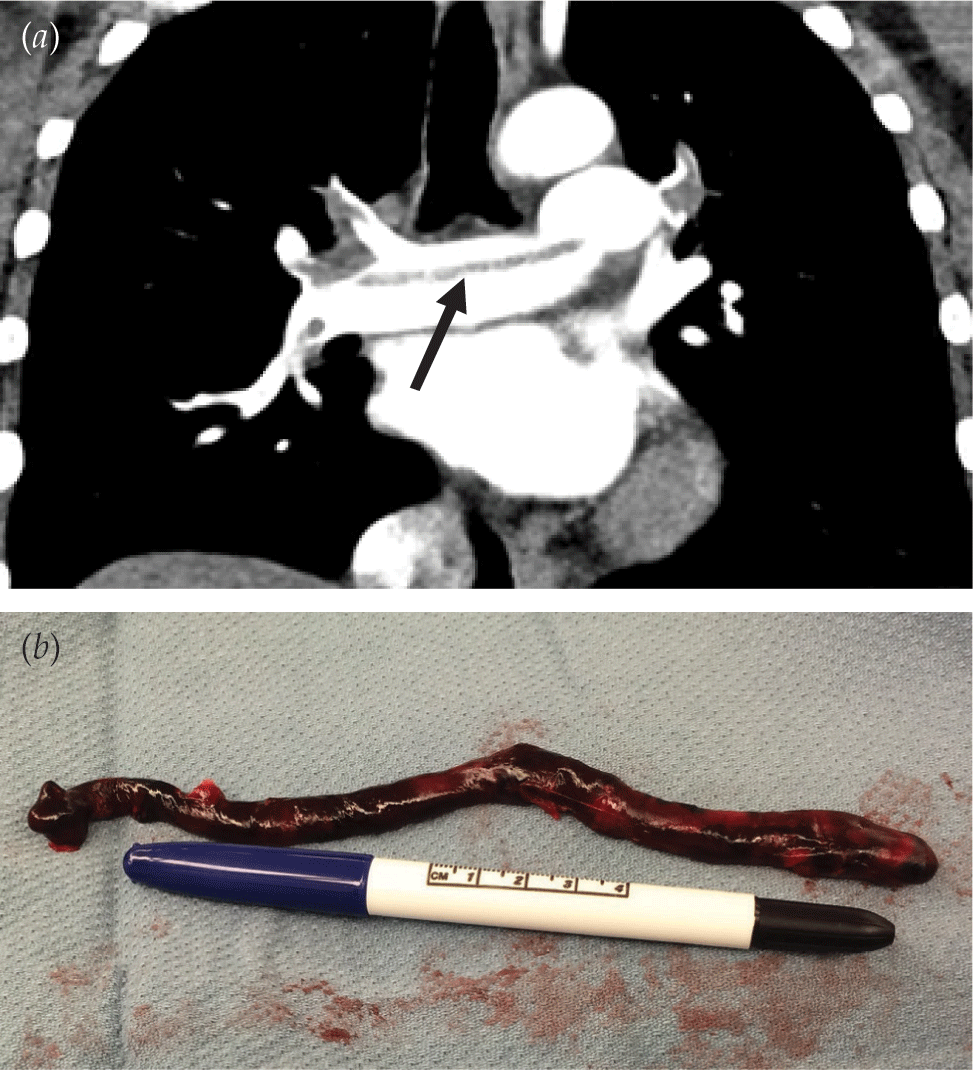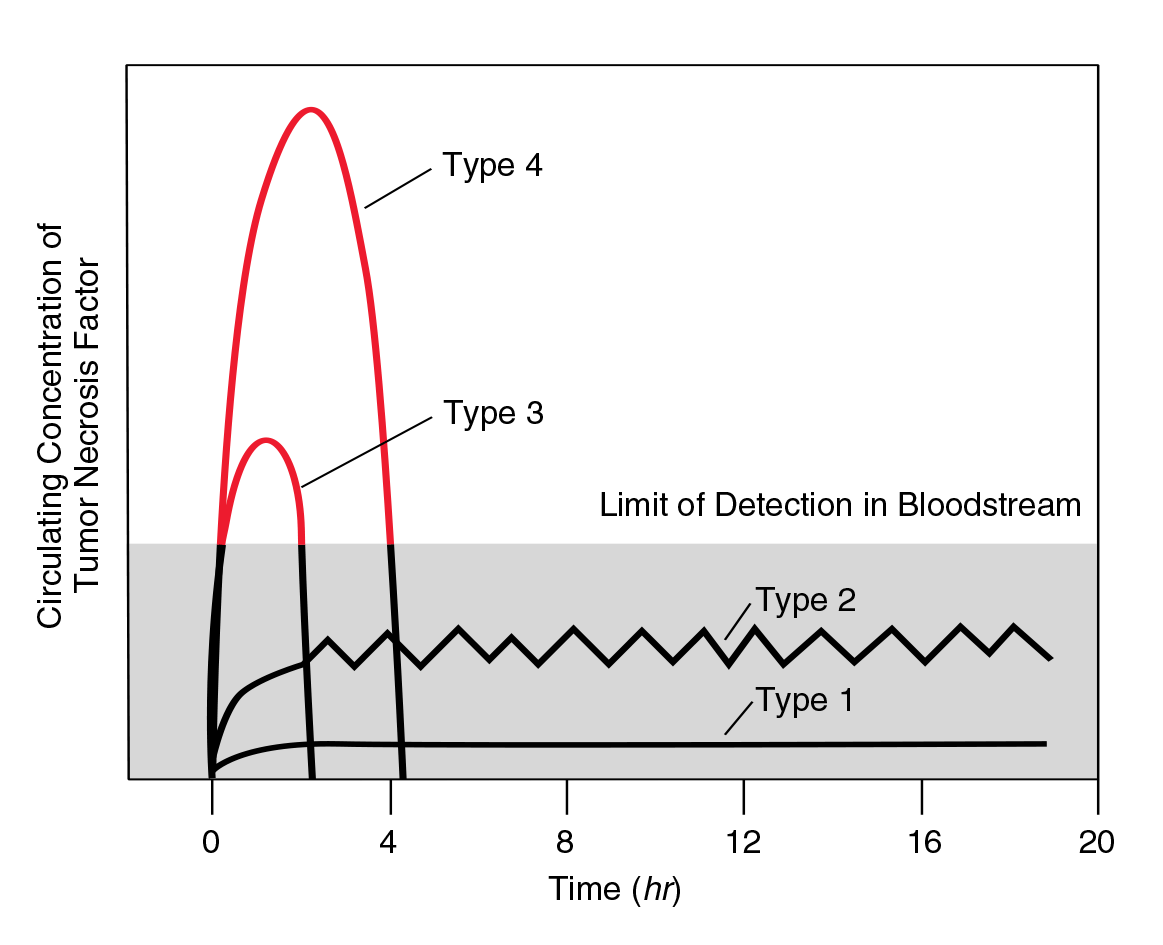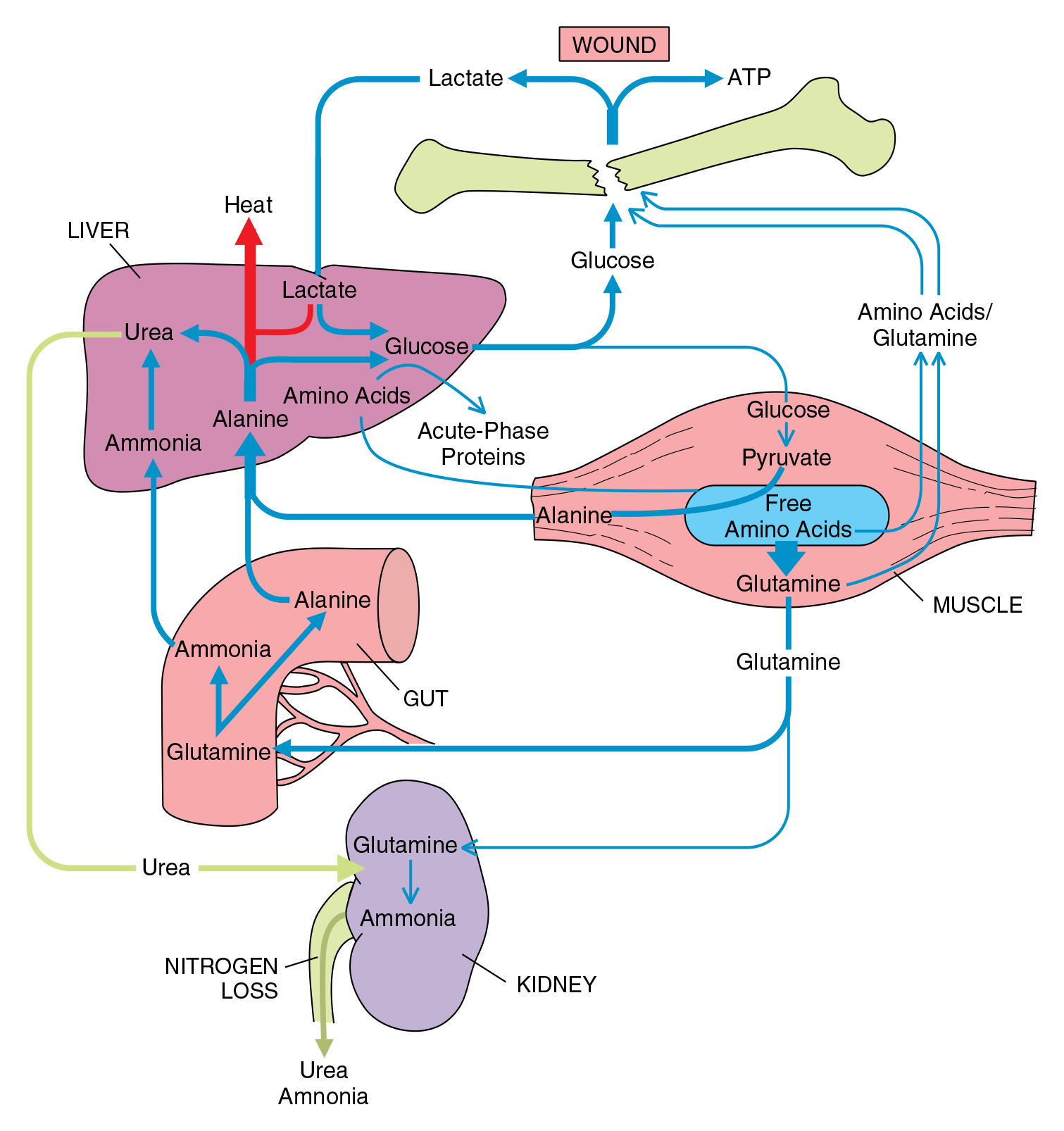Risk Factors and Epidemiology of Pulmonary Embolism
- Despite advances in diagnosis and treatment, pulmonary embolism accounts for nearly 1% of all cardiovascular-related deaths in the United States annually.
- Pulmonary embolism is no longer considered an isolated event that requires short-term therapy but rather a chronic illness with long-term implications for patients.
- 2020 ASH and 2019 ESC/ERS practice guidelines for pulmonary embolism delineate the most recent diagnostic and therapeutic approaches.







.png)







